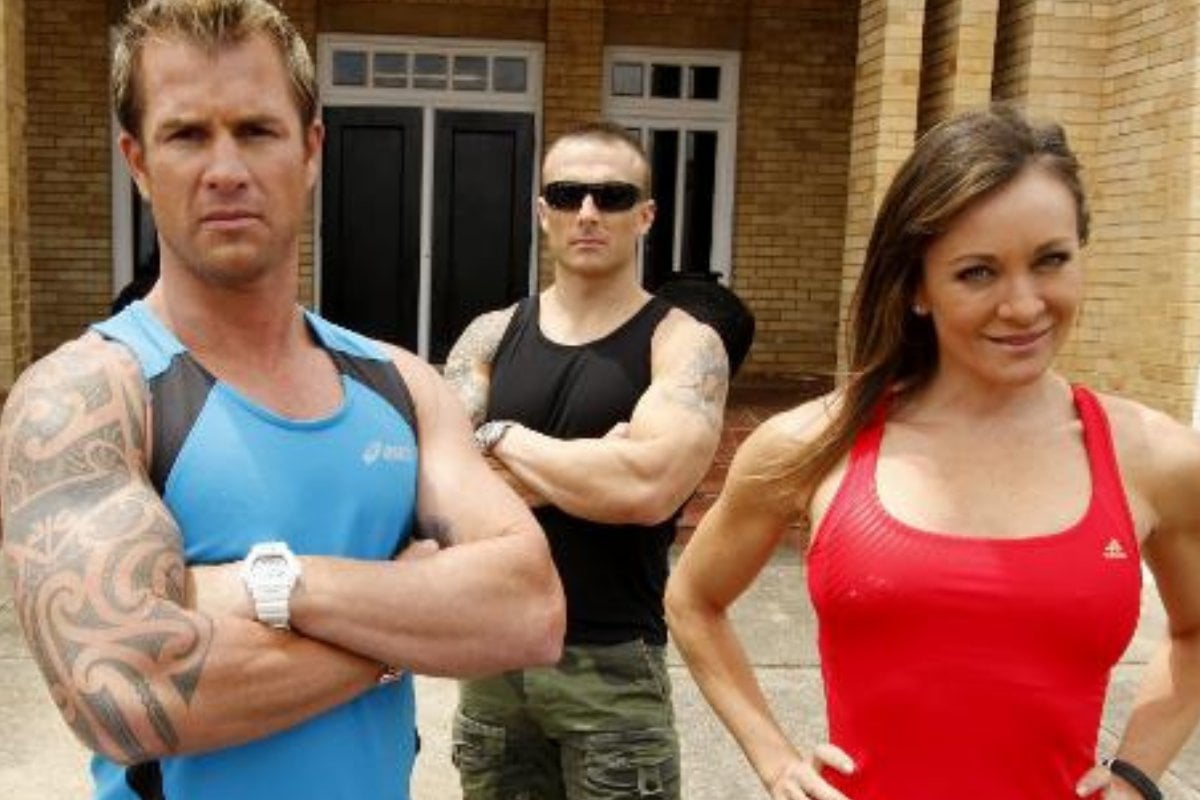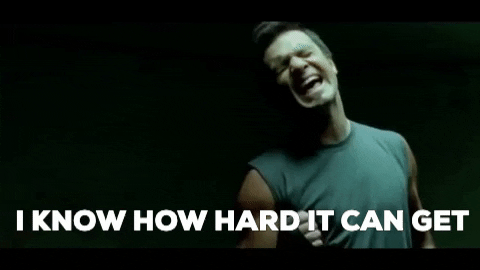
Content note: This article deals with themes of disordered eating and fat shaming. We have chosen not to mention any weight or calorie intake information. For help and support for eating disorders, contact the Butterfly Foundation‘s National Support line and online service on 1800 ED HOPE, or visit their website, here.
It's 2006.
A time before Facebook or Instagram or TikTok.
Mum is cooking something terrible in the kitchen. No one is sure what but we think it might be burnt bolognese. I'm on MSN and I have too many emoticons in my username. Then I hear it.
It's Shannon Noll.
 I know you do, Sir.
I know you do, Sir.

Top Comments